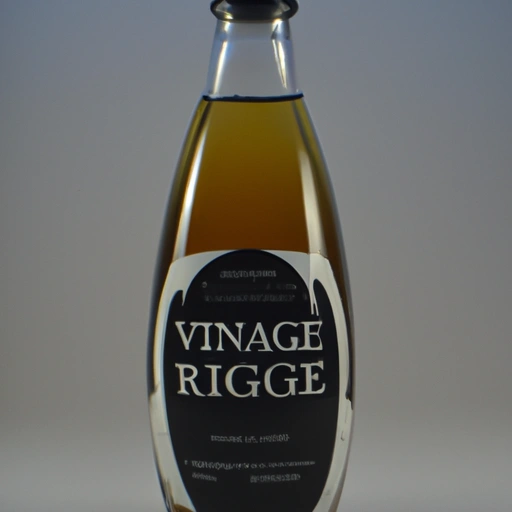Seasoned Rice Vinegar
Description

Seasoned rice vinegar, a staple in many cuisines, is a mild vinegar created by fermenting rice into alcohol and then into acetic acid. Its flavor is a balance of sweet and tart, making it less pungent and milder than other vinegar types. This vinegar often includes added sugar and salt, which contributes to its unique taste profile.
Common uses
Seasoned rice vinegar is used as a dressing, a marinade, a dipping sauce, and as a key ingredient in sushi rice preparation. It adds a delicate acidity to dishes without overpowering other flavors.
Nutritional value
Calories
Typically, seasoned rice vinegar contains about 15-20 calories per tablespoon (15 ml).
Protein
It contains trace amounts of protein.
Fat
Seasoned rice vinegar has negligible amounts of fat.
Carbohydrates
It has approximately 2-4 grams of carbohydrates per tablespoon, primarily from added sugars.
Vitamins
While not a significant source of vitamins, it may contain small amounts of B-vitamins depending on the brand.
Minerals
It may contain trace minerals such as potassium, but in amounts too small to contribute significantly to the daily recommended intake.
Health benefits
As a low-calorie ingredient, seasoned rice vinegar can aid in weight management when used as a substitute for higher-calorie dressings. The acetic acid in vinegar may also have positive effects on blood sugar levels.
Potential risks
Due to the added sugar and salt, consuming seasoned rice vinegar in large quantities may not be suitable for individuals watching their sodium or sugar intake.
Common recipes
Common recipes include sushi rice, pickled vegetables, salad dressings, and marinades for meat and seafood.
Cooking methods
It's typically used in cold dishes or added to recipes at the end of cooking to maintain its flavor profile.
Pairing with other ingredients
Seasoned rice vinegar pairs well with rice dishes, vegetables, and complements fatty fish like salmon.
Summary
Seasoned rice vinegar is a versatile ingredient, adding a touch of sweetness and acidity to a variety of recipes. Its historical roots in East Asia have led to its widespread use in American and European kitchens. With its low-calorie content and ability to enhance flavors, it's an excellent addition to healthy, flavorful cooking.